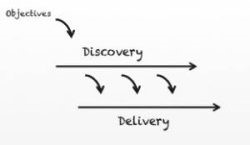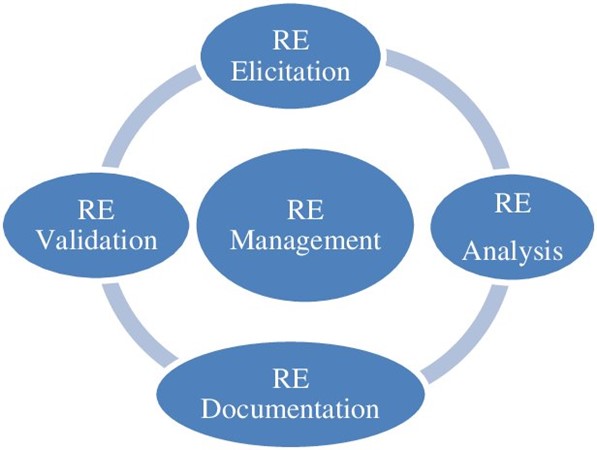Always Ask Why: A Practical Example
I don’t know about you, but I find that I can’t turn my business analysis brain off. I find myself wanting to improve just about every process that I experience, and I often find myself conducting business analysis on the processes that I experience as a customer.
This happened to me recently when a company asked me for a physical ‘wet signature’ on a form. This wouldn’t be unusual if I was in the same physical location as the person requesting the signature, but I wasn’t—they were literally going to email me a PDF form for me to print out, sign, scan in and email back. Even though Adobe PDF has a signature function (and I have a graphics tablet, so I can literally do the same signature electronically), this wasn’t good enough. It had to be old-school pen on paper. I eventually complied, deciding that I’d rationalize it by calling the process “retro” and “vintage”…
Advertisement
Badly “Improved” Processes Might Be MORE Risky:
In situations like this, I always want to ask ‘why’ to understand the underlying reasons that things work in a particular way. In this case, if we were to ask why I suspect the underlying answer would be that an old paper process had been replaced, with each step being recreated electronically. In this context, ultimately, a signature acts as a way of authorizing something to happen.
You can almost imagine the conversation with a group of Subject Matter Experts (SMEs). One of them is adamant that we couldn’t possibly accept electronic signatures. The legal & compliance SME says that electronic signatures are completely valid, but there is reluctance from other stakeholders for other reasons. Perhaps there’s a perception that by getting a physical signature there is less risk… or perhaps there are other reservations. Some might be genuine, others might be founded on unsubstantiated fears or assumptions.
Left unchecked, there is a risk that ‘we’ll do things the way we’ve always done them, just in an electronic format’. This can lead to the worst of both worlds where risk is increased and customers are inconvenienced:
- Alternation: I could have altered the PDF before I printed it and signed it (it’s relatively easy to edit a PDF). Unless they check it word-for-word they’ll never know, and since it’s scanned, auto-comparing will be difficult.
- Verification: They didn’t actually have my signature on file. If they weren’t comparing it against anything, then really what is the point? I could have scrawled any old signature and it probably would have been accepted.
- Security: Unencrypted email isn’t a secure transmission format. Even though it was relatively low-risk mundane information, it’s liable to interception en route. Plus emails can be spoofed so there’s a risk of a customer being impersonated.
- Scanners: How many customers have scanners? What about people who just take photos on their phone, will that be sufficient?
These are just four examples, but they illustrate a key point: The process probably isn’t achieving what it actually set out to do. Yes, you are getting a physical signature. But if the aim is to get a secure, authenticated nonreputable authorisation for something… then the process is failing!
Always Ask Why: “Good” Questions Make A Difference
The key to avoiding situations like this is to ask why, in varied ways, lots of times. Do this and you’ll get to the core purpose of a process, or process step. In their book “Mastering the Requirements Process: Getting The Requirements Right”, James & Suzanne Robertson call this “The Essence”. In this example ‘getting physical signature’ might be the current step, but the essence is ‘authorize transaction’ (or whatever).A key point here is that if you understand the essence, you can question any underlying assumptions or business rules. It’s possible to ask “how else might we be able to do this”. If the aim is to ‘authorize transaction’ then there are countless other ways of doing this that are more secure and verifiable than a scanned PDF in an email. You could even use the Brown Cow model to question any underlying assumptions that have been made.
Asking these questions will help encourage stakeholders to think about the true essence of the process, and about how it might change in the future. A half hour discussion now might save tens of thousands of processing time later, once the process is implemented.
This is yet another area where BAs add significant value by helping to ensure things improve in a way that maximizes the benefits that will be delivered both to the organization, and to its customers.






